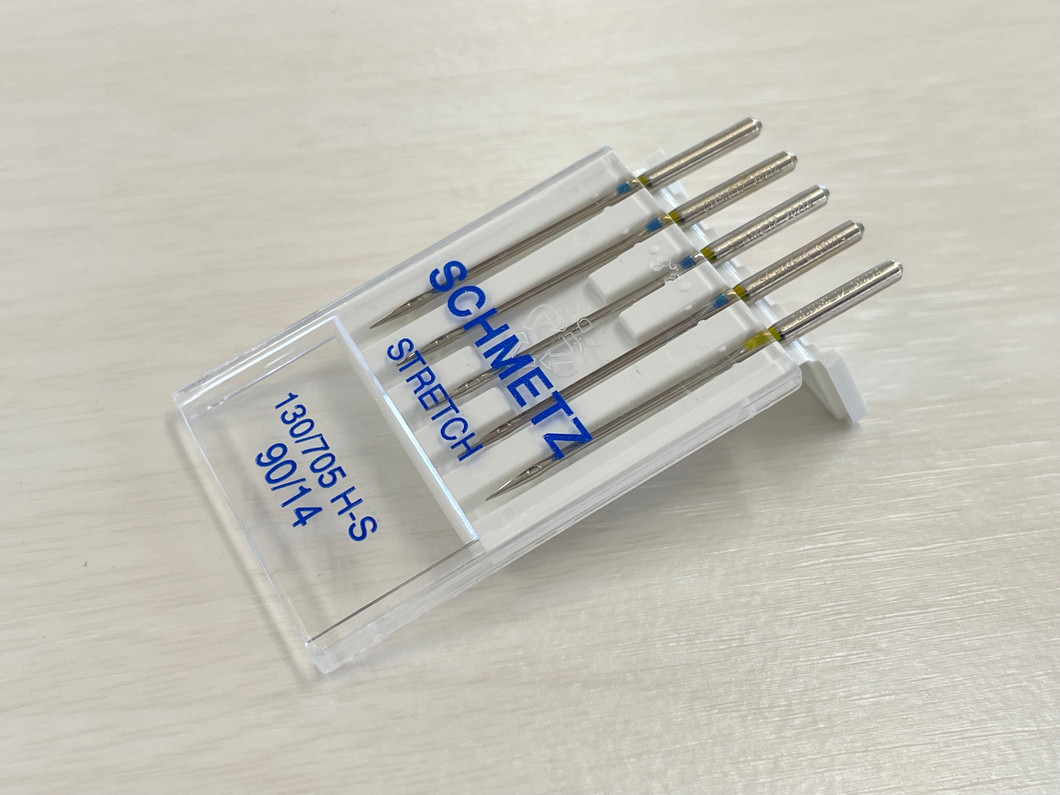Needles and Thread: How to pair your needle and thread for perfect stitches
|
| |||||||||||||||||||||||||||||||||||||||||||||||||||||||||||||||||||||
| |||||||||||||||||||||||||||||||||||||||||||||||||||||||||||||||||||||
Sep 19th 2023
Recent Posts
-
Needles and Thread: How to pair your needle and thread for perfect stitches
How to pair your needle and thread for perfect stitches ? …Sep 19th 2023 -
Nifty Sewing Storage Solutions
You've been sewing for some time now and realized you had accumulated quite a few new tools and noti …Sep 15th 2023 -
How to Care for your Sewing Machine
No matter what brand or model your machine is, you'll need to frequently clean and oil it to keep it …Aug 25th 2023












